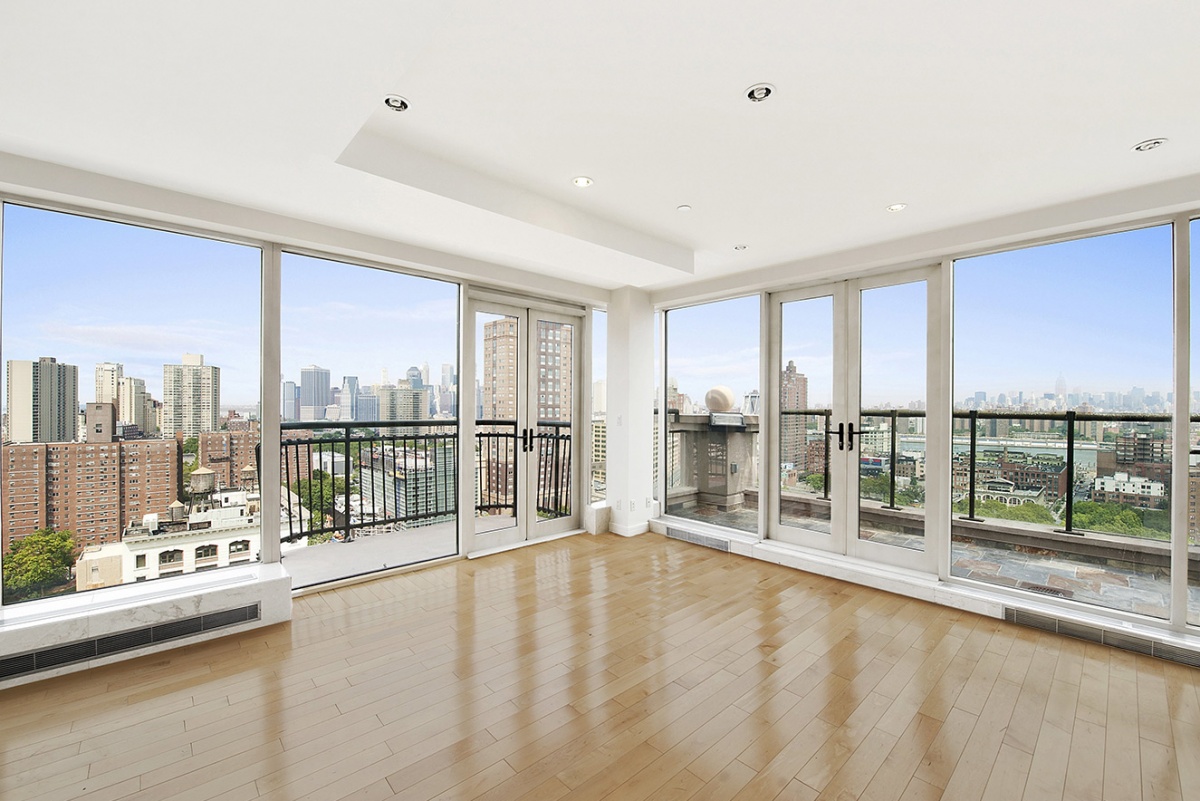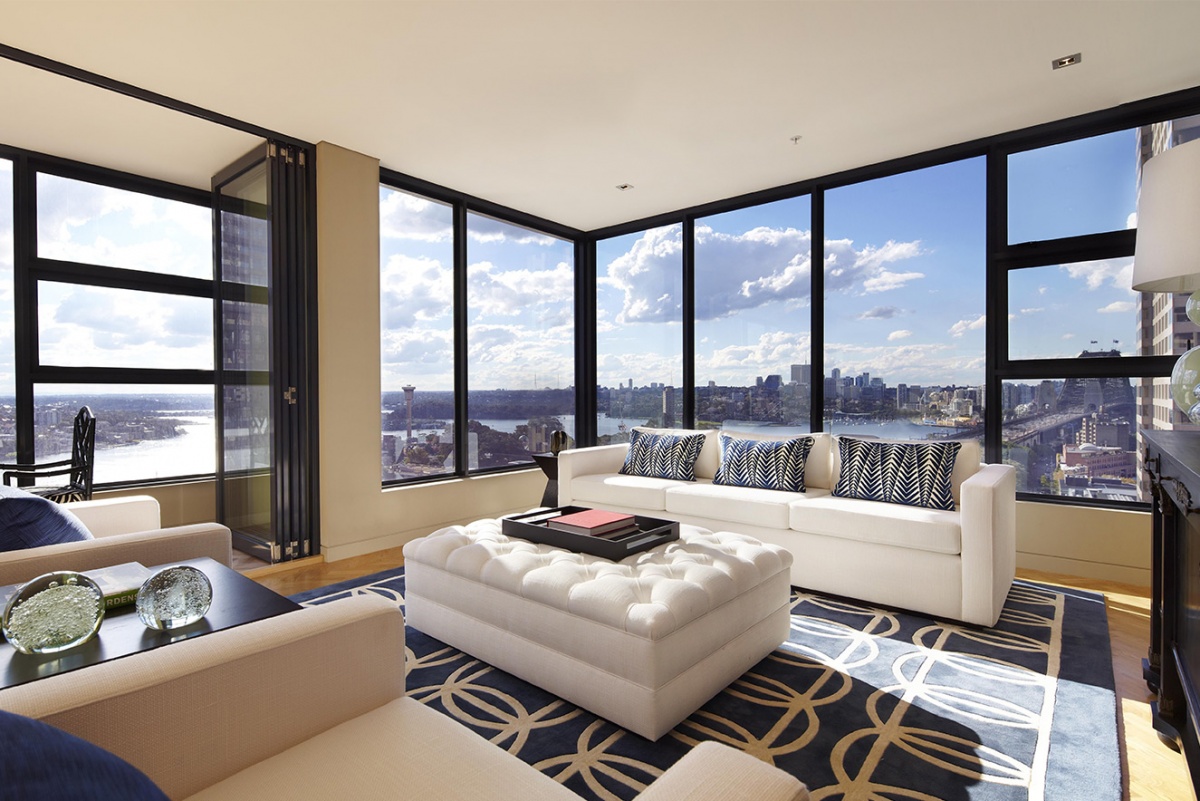The sound insulating ability of the glass can be improved by various methods.
The simplest way is to exchange one 4 mm glass for a 6mm thick glass in the standard glass structure (4mm – 16 spacer – 4mm) on one side. It is advisable to place the thicker glass on the side of the noise. This simple change in the structure can raise the Rw value with 5dB.
Furthermore, by increasing the thickness of the glass, the Rw value will improve as well.
Be careful! By increasing glass thickness, the weight of the glass unit will significantly increase too.
Nevertheless, increasing the glass thickness is not the best solution when there is a need for a higher sound insulating ability. To meet these demands, glasses with a special sound insulating foil were developed.
In this case, not the traditional security foil is laminated between the two glasses, but a special one that besides being a security foil, also has the ability to extremely dampen sound.
By increasing the number of foils and the thickness of the glasses, the sound proofing ability will also improve. For custom needs, unique factors must be considered In every case, the Rw value shows the weighted sound reduction index of the unit. This means that the structure is tested under 16 different frequency ranges between 100 and 3200 Hz. The results are aggregated (the typical ones are more relevant, the atypical ones considered less) and we receive the weighted sound reduction index, the Rw of the structure.
Besides marking the weighted sound reduction index, very often the Rw+Ctr value is indicated. “Tr” comes from the word traffic. The Ctr value is typically less than the weighted sound reduction index. The Ctr value shows the sound reduction index of the structure in a given frequency range arising from traffic and street noise.





